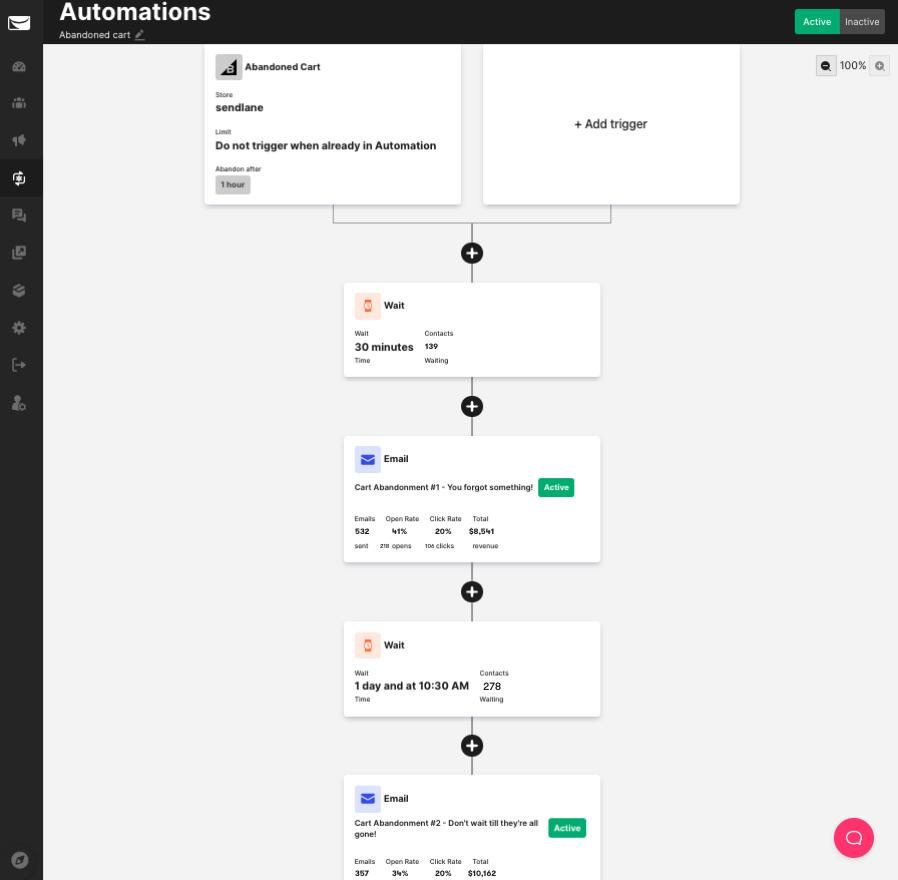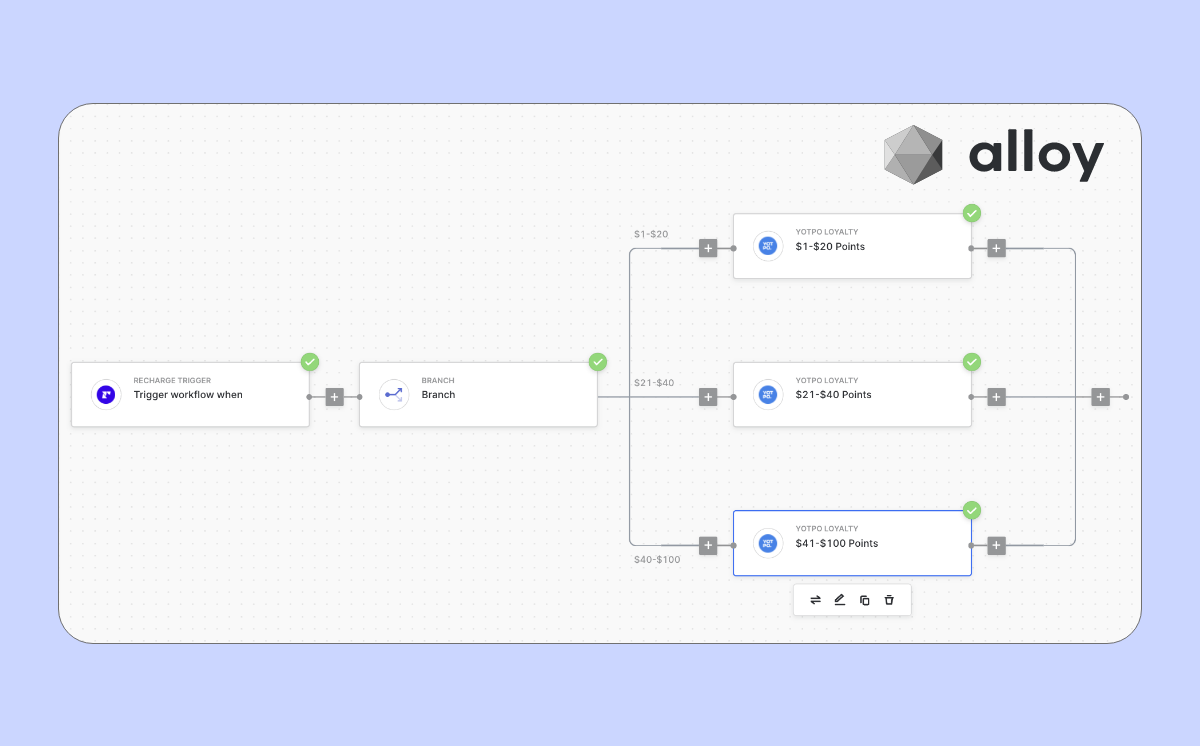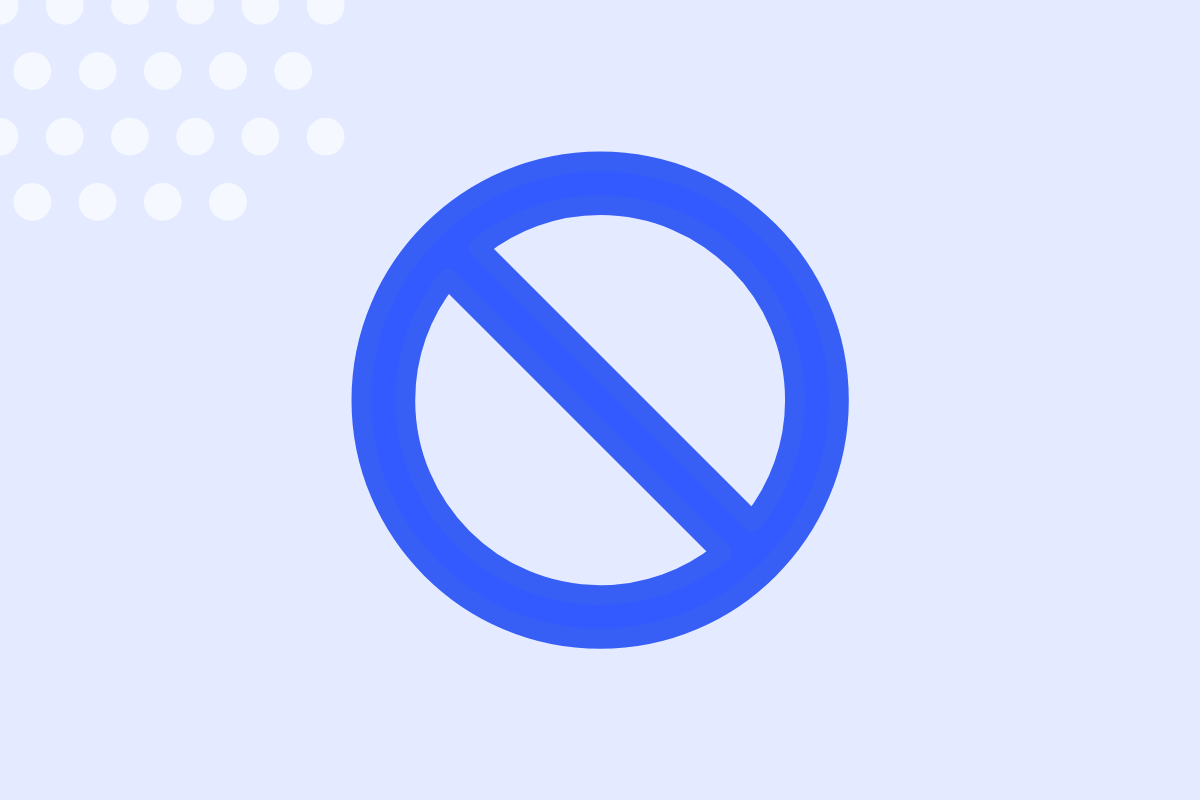You've heard email marketing is a great way to reach your customers and grow your business. But where do you start? How do you create effective email campaigns?
This guide will walk you through the basics of email marketing and provide tips for success. We'll cover how to grow your list, create personalized campaigns, write effective subject lines, and much more!
Let's get started!
What is Email Marketing?
Email marketing is a form of direct marketing that uses email to communicate with customers or prospects. It can be used to build relationships, drive sales, or promote special offers.
Email marketing is an effective way to reach your audience because it allows you to send targeted, personalized messages. You can also automate email campaigns to save time and resources.
Why Choose Email?
Email marketing is a versatile and affordable way to reach your audience. It's also one of the most effective marketing channels, with a return on investment (ROI) of 3,800%!
Email marketing outperforms both social media and search engine marketing. In fact, email is 40 times more effective at acquiring new customers than Facebook and Twitter combined.
And email is here to stay. Over 3 billion people worldwide use email, is expected to grow by 4.3% every year through 2023 and remains popular throughout the generations.

There are many reasons to choose email marketing for eCommerce, but here are just a few:
- It's Affordable: Email is one of the most affordable marketing channels available. You can reach a large audience without spending a lot of money.
- It's Personalized: You can segment your email list to send targeted, personalized messages to small groups of people. This helps you build better relationships with your customers.
- It's Automated: Email marketing software makes it easy to automate email campaigns. You can set up automated email campaigns to welcome new subscribers, send abandoned cart messages, and more.
- It's Measurable: Email marketing allows you to track your results and measure your ROI. This helps you see what's working and decide where to allocate your resources.
What is an Email Marketing Strategy?
An email marketing strategy is a plan for using email to achieve your business goals. It should include the goals you want to achieve, who you want to reach, and what type of content you will use.
Your email marketing strategy should be aligned with your overall marketing strategy. For example, if your goal is to increase brand awareness, your email campaigns should focus on sending high-quality content that is relevant to your audience.
If your goal is to increase sales, you may want to send email campaigns with special offers or discounts. You can also use email marketing to nurture leads and move prospects through your sales funnel.
No matter what your goals are, an email marketing strategy will help you achieve them.
//[inject:ad-demo]
How to Create an Email Marketing Strategy
1. Set email marketing goals that align with your business goals.
2. Define your target audience and segment your email list.
3. Choose the type of email content to help you achieve your goals.
4. Decide how often you will send email campaigns.
5. Plan and design your email campaigns.
6. Set up email automation to save time and resources.
7. Measure your results and optimize your email marketing strategy.
Email Marketing Goals
The first step in creating an email marketing strategy is to set goals that align with your overall business goals.
Your email marketing goals should be specific, measurable, achievable, relevant, and time-bound.
For example, a goal to increase brand awareness might be “to increase the number of people who are aware of our brand by 10% by the end of Q3.”
A goal to increase sales might be “to increase sales by 15% by the end of Q1.”
And a goal to improve customer loyalty might be “to increase customer satisfaction scores by 5% by the end of Q2.”
Once you have set your email marketing goals, you can move on to defining your target audience.
Target Audience
The next step in creating an email marketing strategy is to define your target audience.
Your target audience is the group of people who are most likely to buy your products or services. To reach them, you need to understand their needs, desires, and pain points.
You can segment your email list to send more targeted and relevant email campaigns. For example, you might segment your list by location, age, or interests.
You can also use email marketing to nurture leads and move prospects through your sales funnel.
No matter what your goals are, an email marketing strategy will help you achieve them.
Types of Email Content
The third step in creating an email marketing strategy is to choose the type of email content that will help you achieve your goals.
There are many different types of email content, including:
- Promotional: Whether you want to publicize a brand-new product, a revamped service offering, a limited-time sale, or even the fact that you’ve overhauled your store layout, a promotional email can get the job done.
- Relational: This type of email’s main aim is to nurture your relationship with your contacts so they will grow to like your brand. Over time, your contacts may even start to regard your brand as a trustworthy authority in the industry!
- Product updates or launches: A product update or launch email is an email that contains information about a new product or service. Product updates are usually sent to customers and prospects who have expressed interest in the product.
- Educational: Educational emails share information on topics related to your offerings, helping contacts understand issues like how to use your products, how your products can help them, and why they should use your products (instead of a competitor’s).
How Often to Send Email Campaigns
The fourth step in creating an email marketing strategy is to decide how often you will send email campaigns.
The frequency of your email campaigns will depend on your goals and your target audience. For example, if you are trying to increase brand awareness, you might send a monthly newsletter.
If you are trying to increase sales, you might send weekly emails with special offers and discounts.
And if you are trying to improve customer loyalty, you might send quarterly emails with customer satisfaction surveys.
No matter what your goals are, you need to be consistent with your email campaigns. Your target audience will appreciate knowing when they can expect to hear from you.
Planning and Designing Email Campaigns
The fifth step in creating an email marketing strategy is to plan and design your email campaigns.
When planning an email campaign, you need to consider the following:
- The goals of the email campaign
- The target audience of the email campaign
- The type of email content that will be used
- The frequency of the email campaign
- The budget for the email campaign
After you have planned your email campaign, you need to design it. The design of your email should be consistent with your brand’s overall design. With Sendlane, you can use customizable templates to ensure your design is attention grabbing!
Your email should also be visually appealing and easy to read. Be sure to include images, videos, and calls to action.
And don’t forget to test your email before you send it!
Measurement and Analysis
The final step in creating an email marketing strategy is to measure and analyze the results of your email campaigns.
Email marketing software can track metrics such as open rate, click-through rate, and unsubscribe rate.
You can also use surveys and customer feedback to gather qualitative data about your email campaigns.
By measuring and analyzing the results of your email campaigns, you can make changes and improvements to future campaigns.
How to Get Started with Email Marketing
Now that you know email marketing is a great way to reach your audience and grow your business, let's take a look at how to get started with your email marketing strategy.
1. Grow Your List
One of the most important aspects of email marketing is growing your list. You need to have a database of people who have consented to receive emails from you. There are a few ways to grow your list:
- Use opt-in forms on your website or blog: Add forms to your website or blog so visitors can sign up to receive your emails.
- Run a contest or sweepstakes: Host a contest or sweepstakes and require an email address for entry.
- Buy a list: You can purchase email lists, but be sure to do your research first. Make sure the list is from a reputable source and that the contacts have consented to receive email communications.

It's also important to understand the legality behind consent for email communications. The General Data Protection Regulation (GDPR) is a set of regulations that govern email marketing. The GDPR requires businesses to get explicit consent from contacts before adding them to an email list.
Learn more about how Sendlane stays compliant with GDPR regulations here.
2. Set Up Segments
Segmenting your email list allows you to send targeted, personalized messages to small groups of people. This helps you build better relationships with your customers.

There are a few ways to segment your list:
- By location: You can segment your list by country, state, or city. This is helpful if you're running a local campaign or promoting an event in a specific location.
- By demographics: You can segment your list by age, gender, income, or other demographic information. This is helpful if you want to target a specific group of people with your campaigns.
- By interests: You can segment your list by interests or purchase history. This is helpful if you want to send targeted messages to people who are interested in specific products or services.
- Browsing or purchase history: You can segment your customer by their previous browsing or purchasing habits. If they have been eyeing a particular product or have purchased a number of products in the past, you can begin to understand what would pique their interest.
//[inject:ad-ebook-segmentation]
3. Write Effective Subject Lines
Your subject line is one of the most important aspects of your email. It's what gets people to open your email, so it's important to write effective subject lines.

Here are a few tips for writing effective subject lines:
- Keep it short and to the point: The best subject lines are short and to the point. They clearly state what the email is about and entice the reader to open it.
- Use numbers and lists: People love numbers and lists. Use them in your subject lines to make your email stand out.
- Be clear and concise: Don't try to be clever with your subject line. Be clear and concise so the reader knows what the email is about.
4. Use Our Template Center
The Sendlane Template Center makes it easy to customize your email designs. You can choose from a variety of email templates, or you can start with a blank template and design your own email.

To access the Template Center, log in to your Sendlane account and click on the Templates tab. Then, click on the Email Templates tab. From there, you can browse our email templates or start with a blank template.
5. Set Up Automations
Email automation can help you grow your business and build better relationships with your customers. Automated emails welcome new subscribers, send abandoned cart messages, and more.

Welcome Funnel: Send a series of welcome emails to new subscribers thanking them for signing up. Include a coupon code or other incentive to encourage them to shop with you.

Abandoned Cart Funnel: Send an email to customers who have abandoned their shopping carts. Include a link to the items they left behind and a discount code to encourage them to finish their purchase.

We have 50+ eCommerce-tested pre-built funnels baked into every Sendlane account! Users can choose from email-only, SMS-only or email and SMS (integration specific) funnels. All they need to do is plug their content and the rest is history!
Success With Email Marketing
Email marketing is a powerful tool that can help you reach a larger audience, build relationships with customers, and generate leads. While it may seem intimidating at first glance, using these tips and partnering with a knowledgeable platform like Sendlane can help set you up for success.
Still have questions? Our team would be happy to chat with you. Schedule a demo today!

%20(1).png)




%20(1).png)
.jpg)


.jpg)
.jpg)


.jpg)





.png)



.png)





.png)


.png)

.png)
.png)

.png)
.png)

.png)

.png)


.png)
.png)
%20(1).png)
.png)









.png)











.png)
.png)

%20(1).png)

%20(1).png)



.png)


























.png)











































.jpeg)



.png)



























.png)



.png)

.png)

.png)
.jpeg)


.png)













.png)

.png)










.png)












.png)






































.png)



.png)

.png)

.png)
.png)

.png)
.png)

.png)

.png)

.png)




.png)




















